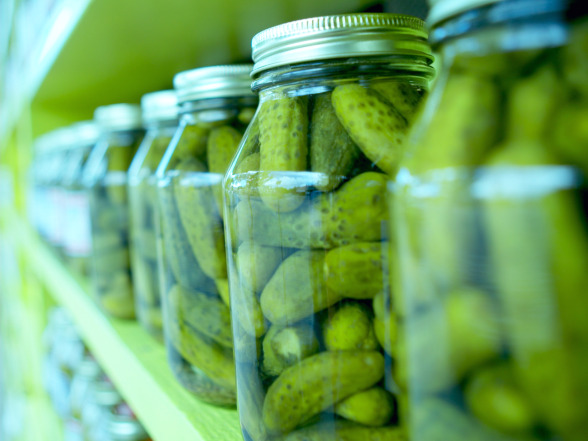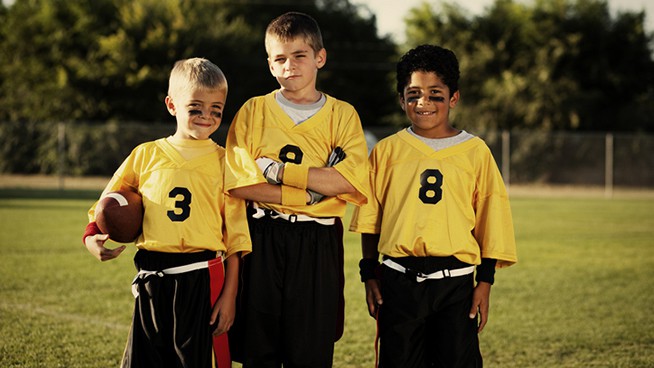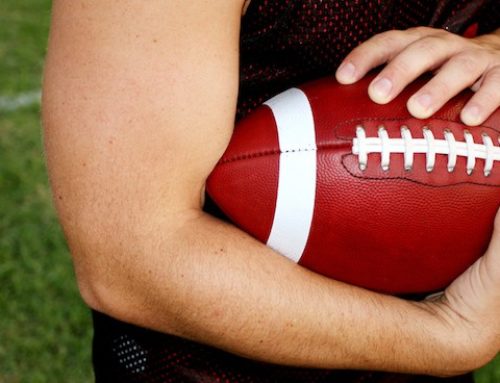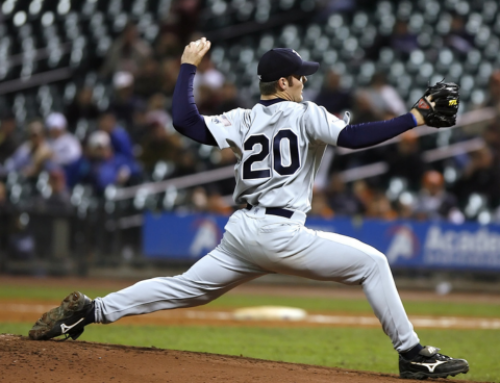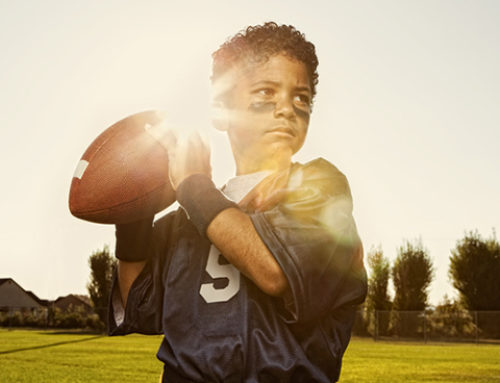You may have heard that downing pickle juice can alleviate exercise-induced muscle cramps, which are brought on by a number of factors, including dehydration and loss of sodium through sweat. In Performance Nutrition for Football, author and University of Miami sports nutritionist Lisa Dorfman throws down some thoughts in the ongoing debate about whether drinking pickle juice actually eases cramps.
The major reason for drinking pickle juice is for its sodium content. Just one dill spear contains approximately 306 mg of sodium, according to the nutrition profile 411 on nutrition.gov. In comparison, the average sports drink offers around 110 mg per eight ounces. But according to Dorfman, the only evidence that pickle juice relieves muscle cramps is anecdotal. Some athletic trainers recommend it, convinced that pickle juice aids in replenishing sodium and fluids; but research is inconclusive on whether reduced muscle cramping is attributable to the sodium or vinegar in pickle juice.
In her book, Dorfman says if you’re compelled to drink the recommended amount of pickle juice (two ounces), you should dilute it with a sports drink, which makes it taste a bit sweeter than Pickle Juice Sport. Or, depending on your palate, the practical route is to incorporate high-sodium foods, like canned soups and vegetables juices, into your daily diet. When you’re training for an hour or more, add in a sports drink like Gatorade, hydrating about every 15 minutes. Regardless of how you do it, staying hydrated and consuming enough sodium should help you stay cramp-free.
Sources: nytimes.com
RECOMMENDED FOR YOU
MOST POPULAR
You may have heard that downing pickle juice can alleviate exercise-induced muscle cramps, which are brought on by a number of factors, including dehydration and loss of sodium through sweat. In Performance Nutrition for Football, author and University of Miami sports nutritionist Lisa Dorfman throws down some thoughts in the ongoing debate about whether drinking pickle juice actually eases cramps.
The major reason for drinking pickle juice is for its sodium content. Just one dill spear contains approximately 306 mg of sodium, according to the nutrition profile 411 on nutrition.gov. In comparison, the average sports drink offers around 110 mg per eight ounces. But according to Dorfman, the only evidence that pickle juice relieves muscle cramps is anecdotal. Some athletic trainers recommend it, convinced that pickle juice aids in replenishing sodium and fluids; but research is inconclusive on whether reduced muscle cramping is attributable to the sodium or vinegar in pickle juice.
In her book, Dorfman says if you’re compelled to drink the recommended amount of pickle juice (two ounces), you should dilute it with a sports drink, which makes it taste a bit sweeter than Pickle Juice Sport. Or, depending on your palate, the practical route is to incorporate high-sodium foods, like canned soups and vegetables juices, into your daily diet. When you’re training for an hour or more, add in a sports drink like Gatorade, hydrating about every 15 minutes. Regardless of how you do it, staying hydrated and consuming enough sodium should help you stay cramp-free.
Sources: nytimes.com

